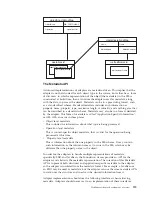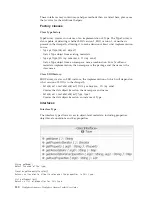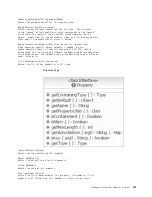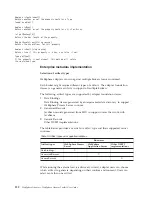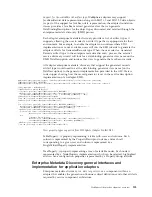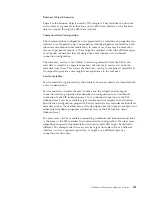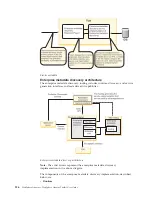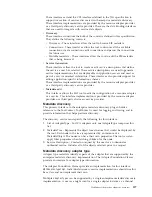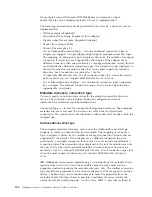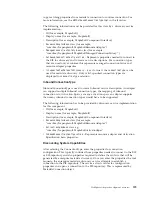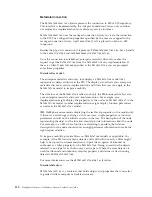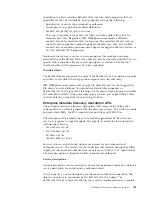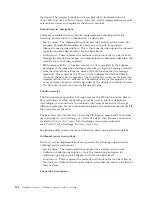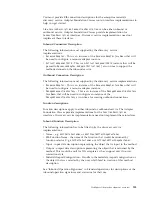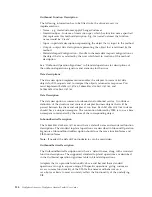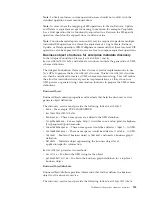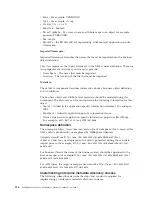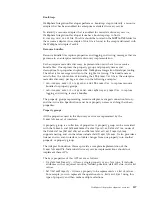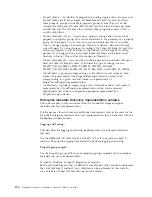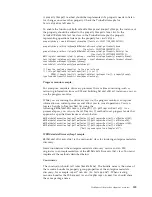
The enterprise metadata discovery component is analogous to the Object Discovery
Agent of WebSphere Business Integration Adapters. In addition to generating
business object definitions, however, the enterprise metadata discovery also
generates service component architecture artifacts such as an Import/Export file
and WSDL. An explicit goal of enterprise metadata discovery is to enable existing
JCA resource adapter extensions to provide metadata discovery and import in a
simple, straightforward way.
Using adapters that allow for metadata discovery and import, you can create and
edit services with the following capabilities, where the operation style is supported
by the underlying adapter:
v
Integration-framework-initiated operations to retrieve data from or modify data
in the EIS.
v
EIS-initiated operations, where the request originates within the EIS.
Note:
This type of operation is used for retrieving data from, or modifying data
in, the integration framework.
Types of enterprise metadata
The enterprise metadata discovery service is responsible for exposing two
categories of metadata: EIS metadata and service metadata
EIS metadata:
EIS metadata describes the system capabilities and business object structures
employed by the EIS. The enterprise metadata discovery service acquires EIS
metadata from the communication configuration information that characterizes
system function and object interactions.
System Capabilities
At the system level the metadata describes the types of information managed by
the EIS system. This is represented as a collection of functions on the EIS client
interface or as a set of business objects that are accessed from the EIS client
interface. In addition to function and object descriptions, EIS metadata includes a
description of the styles of interaction that can occur with functions and objects in
the EIS metadata model. There are two interaction styles:
v
Inbound - EIS-initiated
v
Outbound - Client-initiated
There can be two kinds of interaction for each interaction style.
v
Request-Response - This kind of interaction takes a request and returns a
response. Outbound interactions are of this type.
v
One-way - A one-way interaction takes a request, but does not return a response.
Inbound interaction style is one-way
The discovery service defines whether an interaction style is inbound versus
outbound. The distinction between one-way and request-response is made by the
method descriptions generated for the service. The request-response mode would
have both input and output specified for a method description whereas input
arguments only would be specified for one-way. The metadata generated by the
discovery service must comply with the restrictions on interaction mode mentioned
above: for Outbound the metadata must support Request/Response and for
Inbound, one-way.
124
WebSphere Adapters: WebSphere Adapter Toolkit User Guide
Summary of Contents for WebSphere Adapter Toolkit
Page 2: ......
Page 6: ...iv WebSphere Adapters WebSphere Adapter Toolkit User Guide...
Page 220: ...214 WebSphere Adapters WebSphere Adapter Toolkit User Guide...
Page 224: ...218 WebSphere Adapters WebSphere Adapter Toolkit User Guide...
Page 225: ......
Page 226: ...Printed in USA...










